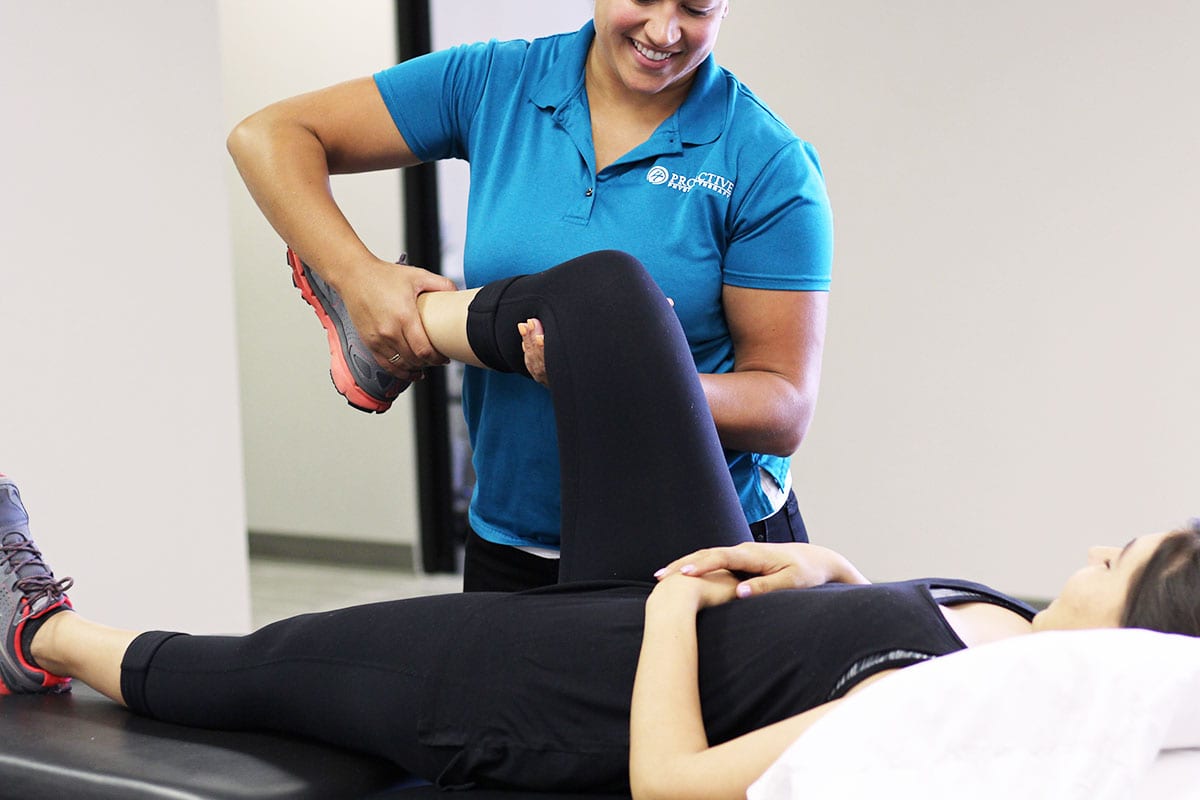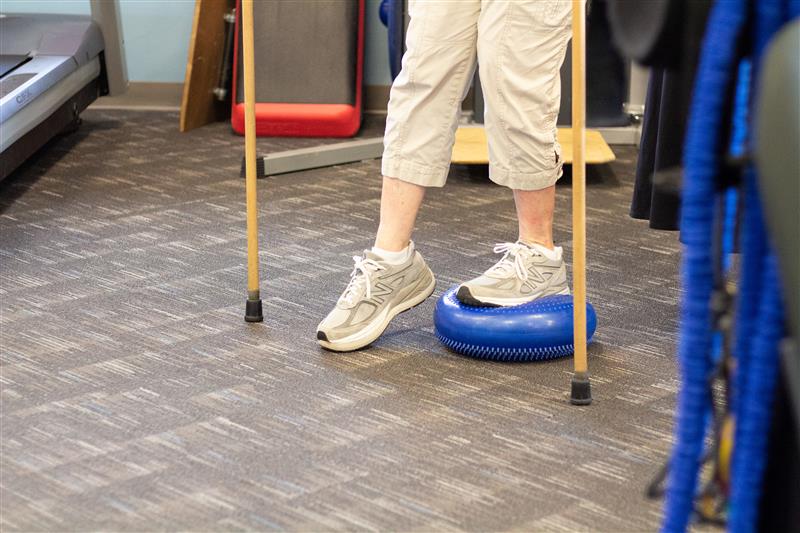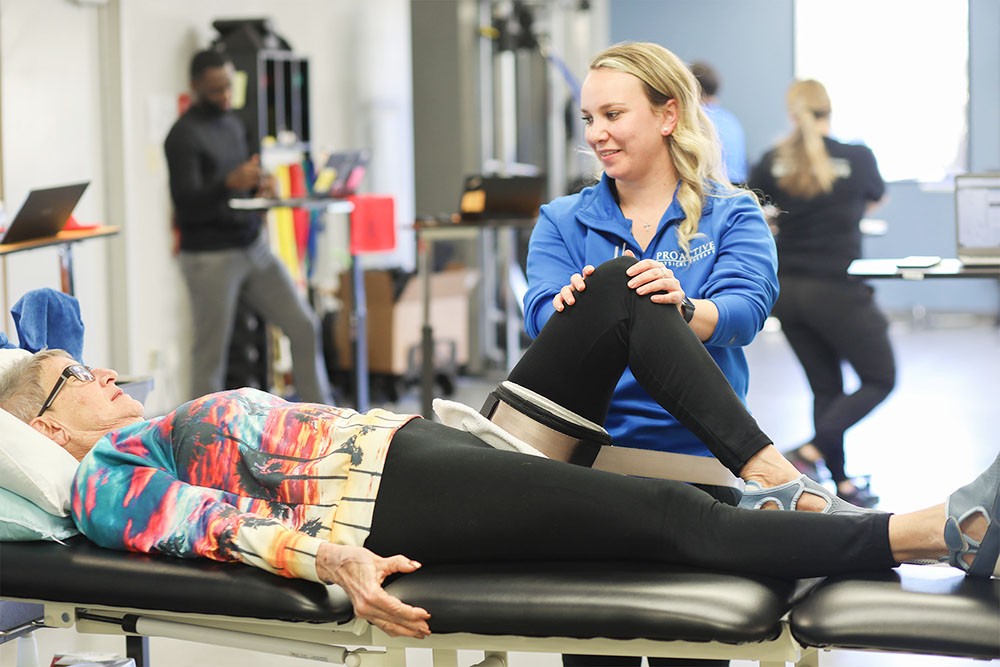As a Clinic Director and licensed physical therapist, there are many important items I share with our patients to help them overcome their pain and get back to doing the activities they enjoy. Here are the ten most important things you should know about physical therapy to ensure you maximize your chance for a full recovery.
#1 Ice and Heat: Both Can Help With an Injury
Ice can assist with controlling swelling and decreasing pain. This treatment is best performed within the first 24–48 hours of an injury or when recovering after an injury at the end of the day or after an exercise session.
Heat is best used to increase circulation to a joint or injured area. Moist heat is preferred when dealing with a joint or muscle injury. Heat is best applied prior to an exercise session to increase the mobility of the tissue and increase blood flow to the tissue.
#2 Movement Is a Good Thing
Throughout our day, we often find ourselves in one of a few different positions. Static positions throughout the day can cause joint stiffness, limit lubrication in the joint, and decrease overall flexibility and mobility of the tissue and joints. It is best to change positions or perform 1–3 easy exercises (for 2–4 minutes) at least every hour to move the joints. Using a timer or Fitbit can be a helpful reminder to take these “posture breaks.”
#3 Flexibility Can Be the Key
When talking with my patients, I often find they are working hard on strength and endurance training. Less time is spent on the flexibility portion of their workout. An important “need to know” is that Flexibility and stretching play a vital role in maintaining tissue mobility between muscles that contract in opposite directions. Making time at the end of your workout for 15 to 20 minutes of stretching will pay off.
#4 When to Seek Medical Advice
Generally, most strains of the body will show progressive improvement within the first week after the initial injury. It would be a good time to find a physical therapist if there is minimal to no improvement in the first 1–2 weeks of an injury.
#5 Write It Down and Ask Questions About Your Physical Therapy
Writing down questions you have for a provider will diminish the likelihood of you getting home and remembering that one important question you wanted to ask. Also, during the days you are not seeing your physical therapist, keep a list of questions for your next visit.
#6 Quality vs. Quantity
Doing your home exercises is an important “need to know” component of your recovery, but focusing on the quality of those exercises is more important than quantity. It is better to do 10 repetitions of an exercise with correct form than 30 repetitions with improper form. As you continue to perform exercises correctly, your ability to perform more repetitions correctly will improve.
#7 Postural Endurance
Working to improve your sitting and standing posture throughout the day will help increase the endurance of the postural muscles. This requires you to be aware of your sitting and standing posture throughout the day. Those are times when your posture may not be ideal.
#8 Pain Associated with Exercises
It is important to work through some pain during your home workout program to reach your goals. Typically, I tell my patients that sore, ache, stiff, and tightness are okay to work up to and slightly through. You should stop the exercises and talk to your physical therapist if the pain is stabbing, sharp, or increases with repetitions.
#9 Continuing Your Home Program
Continuing your home workout program after your formal physical therapy is key to maintaining and improving the gains you made. The exercises for a home program are meant to address those areas that may lead to injury. If the home program is discontinued, the chance of re-injury increases.
#10 Trust Your Physical Therapist
Please feel free to ask questions. Understanding how the body works will assist in the progression toward your goals in physical therapy and minimize confusion.
Are you looking for a licensed physical therapist to help you overcome an injury? Contact your local ProActive Physical Therapy clinic today if you have questions about pain management!
Article written by Jason Sweet PT, DPT








